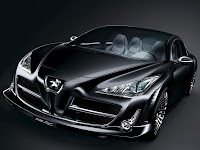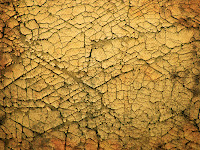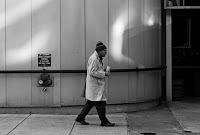This is a simple blending mode to show how you can adjust colour slightly. I simply made a new layer, selected the colour I wanted and chose layer - new fill layer - solid colour. I then changed the blending mode to colour and changed the opacity to make the colour blended further. The tone of the image is retained then and an interesting effect is achieved.

 The next example is a blending mode to create texture. On the texture layer I changed the blending mode to darken and then added a layer mask. Then I removed the texture around the outside of the car so it was as if it was only applied onto the car.
The next example is a blending mode to create texture. On the texture layer I changed the blending mode to darken and then added a layer mask. Then I removed the texture around the outside of the car so it was as if it was only applied onto the car. 



















































